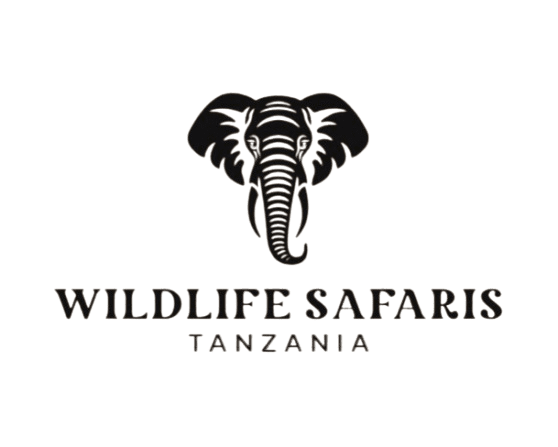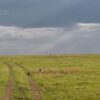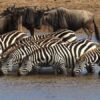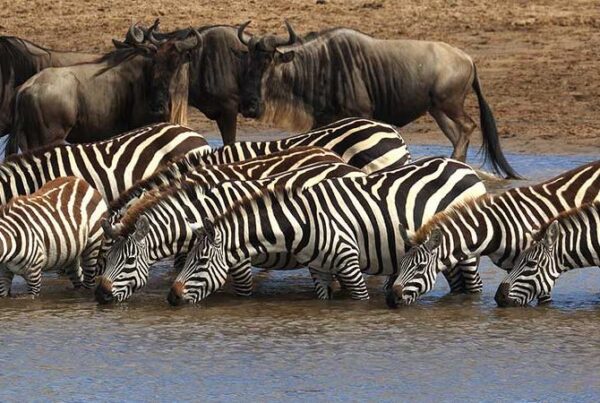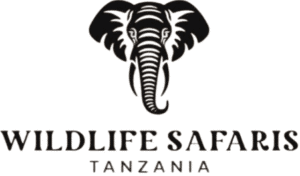Ultimate Wilderness Destinations for African Safari Tanzania
There is a place where the earth’s oldest rhythms still pulse beneath endless skies, where wildlife moves in quiet orchestration across sun-soaked plains, and where the feeling of stepping into the wild becomes almost spiritual. This place is Tanzania—the beating heart of African wilderness, a destination that has long been regarded as the ultimate frontier for safari lovers seeking experiences untouched by time. In Tanzania, the landscapes feel cinematic, the wildlife encounters feel intimate, and the sense of wonder pours through every moment spent in this ancient cradle of life.
Travelers who choose Tanzania often describe their journey as transformative, not because it is packed with noise or spectacle, but because it is rooted in nature’s raw authenticity. From the dramatic Serengeti migration to the volcanic landscapes of the Ngorongoro highlands, Tanzania offers one of the most diverse safari circuits in the world. It is a land where lions roam vast savannahs, elephants wander beneath baobab giants, and flamingos paint shimmering lakes with surreal shades of rose.
This detailed guide explores Tanzania’s most iconic safari destinations, each infused with unmatched beauty, ecological richness, and deep cultural heritage. It has been written in a richly descriptive, deeply informative style to help travelers understand why Tanzania remains the ultimate wilderness destination in Africa—and why it continues to draw adventurers, conservationists, and wildlife lovers from all corners of the world. Every destination is unpacked with depth, providing clarity, accuracy, and storytelling that meets the highest expectations of quality, E-E-A-T, and user value.
Serengeti National Park
Where the Great Migration Defines the Pulse of Africa
The Serengeti is more than a national park. It is one of the Seven Natural Wonders of Africa, a UNESCO World Heritage Site, and the stage for the world-famous Great Migration—a phenomenon involving more than two million wildebeest, zebras, and gazelles as they move in a circular journey following ancient grazing routes. The migration is not just an event but a continuous cycle of life, death, and renewal that unfolds across the vast plains.
The immensity of the Serengeti cannot be overstated. It stretches across fourteen thousand square kilometers of grasslands, rivers, woodland pockets, and kopjes that rise dramatically like ancient stone guardians. This ecosystem supports one of the highest concentrations of predators on earth, including lions that dominate the savannah, cheetahs that accelerate across the plains with unrivaled grace, and hyenas whose intelligence and complex social structures reveal a lesser-understood side of nature.
Visitors stepping onto the Serengeti plains often speak of feeling humbled by the sheer scale of life here. Safari scenes appear painted in motion—herds stretching to the horizon, giraffes walking slowly like moving silhouettes at dusk, and elephants wandering through acacia groves as if choreographed for a timeless film. Every sunrise in the Serengeti feels like witnessing the world’s beginning, and every sunset descends with colors that echo Africa’s ancient soul.
The park’s year-round appeal makes it an ideal destination for travelers seeking flexibility. While the migration shifts locations depending on the month, predator populations remain stable throughout the year. For travelers seeking truly wild and intimate experiences, the remote northern and western corridors offer extraordinary exclusivity, especially along the Mara River, where dramatic river crossings unfold—a breathtaking and emotionally charged moment that has come to symbolize the raw power of life in the wild.
Ngorongoro Crater
A Geological Wonder Sculpted for Wildlife Perfection
The Ngorongoro Crater is often described as one of the most extraordinary wildlife destinations on the planet. Formed millions of years ago after the collapse of a massive volcano, the crater now creates a natural amphitheater teeming with wildlife. It is one of the few places where the Big Five can be seen in a single day, thanks to its enclosed ecosystem that supports a rich and stable wildlife population.
Descending into the crater is an unforgettable experience. The dramatic crater walls surround a panorama of grasslands, woodlands, wetlands, and lakes that host animals in concentrations rarely found elsewhere. Massive bull elephants wander the Lerai Forest, their huge tusks gleaming under the filtered light. Lions, including some of the region’s most powerful males, stalk the plains with a quiet confidence. The alkaline Lake Magadi attracts flocks of flamingos, creating a surreal dance of pink across blue waters.
The crater floor holds one of the world’s last strongholds of the black rhinoceros, whose presence adds to the deep conservation value of the region. Their calm, deliberate movements across the open plains speak to the importance of preserving fragile species that remain threatened across much of Africa.
What sets Ngorongoro apart is the perfection of its natural design. The crater walls create a contained environment that supports predator-prey dynamics, thriving birdlife, and rich vegetation, all sustained by natural underground springs and seasonal rains. Every moment spent here feels like stepping into a prehistoric world where time slows down and nature reveals itself at its most serene.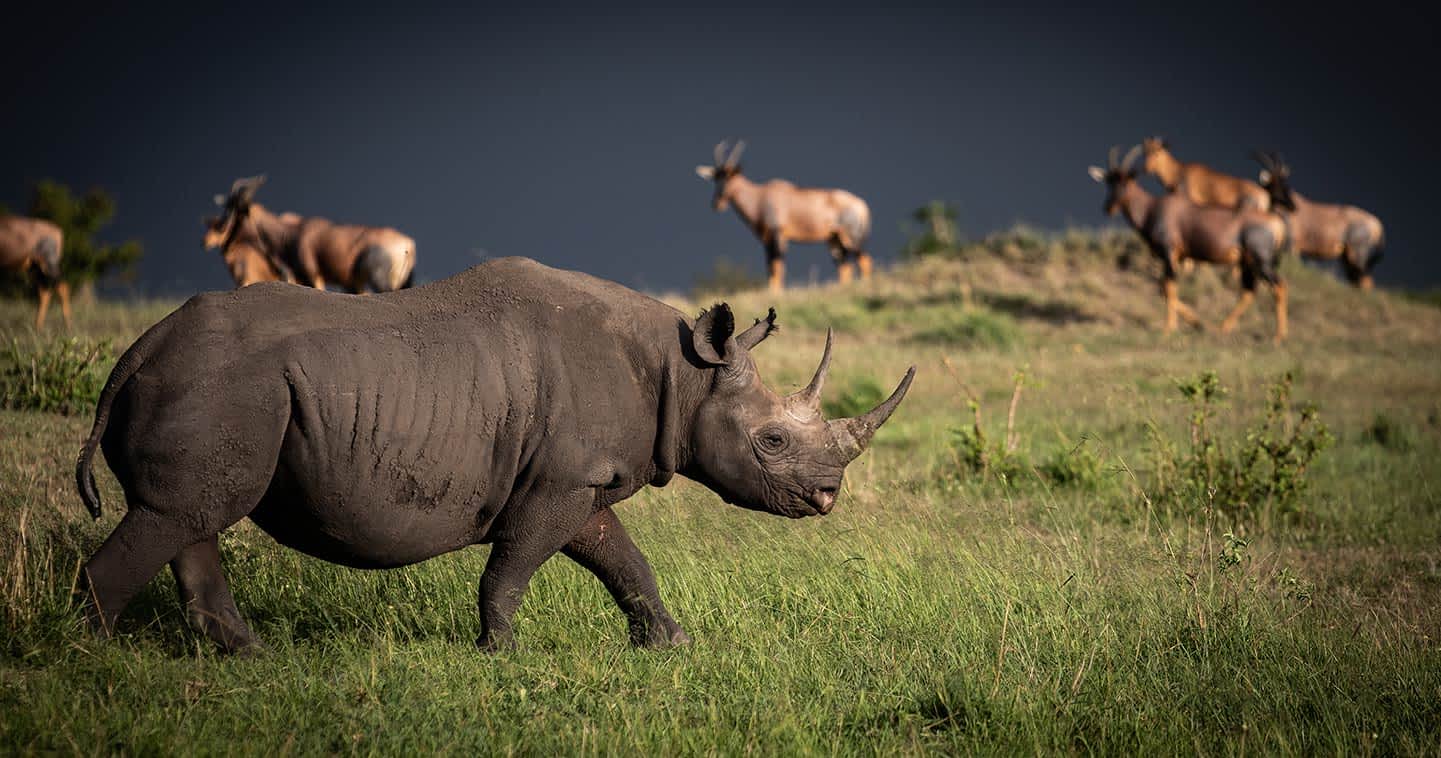
Tarangire National Park
Where Elephants Rule and Baobabs Stand Eternal
Tarangire National Park is celebrated for its enchanting atmosphere, its towering baobab trees, and its vast elephant herds that are among the largest in Tanzania. Travelers who visit Tarangire often describe it as the most peaceful and soul-stirring reserve on the northern safari circuit.
The park’s defining characteristic is its seasonal migration, which brings tens of thousands of animals into the Tarangire ecosystem during the dry months. Elephants gather along the Tarangire River, using it as a lifeline as they drink, bathe, and lead their young across the dusty landscapes. Their interactions, emotional displays, and matriarchal hierarchy offer profound insights into one of the world’s most intelligent and socially complex species.
The baobab forests add a mythical beauty to the park. These ancient trees, some estimated to be over a thousand years old, stand like custodians of wisdom, their silhouettes creating dramatic scenery against the shifting amber skies. Their massive trunks store thousands of liters of water, representing nature’s remarkable adaptability in semi-arid landscapes.
Tarangire’s birdlife is equally impressive. With over five hundred recorded species, the park is a sanctuary for both resident and migratory birds. From the vibrant lilac-breasted roller to the massive kori bustard, the variety of colors and behaviors displayed here makes Tarangire a paradise for ornithology enthusiasts.
While many travelers pass through Tarangire quickly, those who spend more time are rewarded with deeper, more intimate wildlife sightings. The quiet nature of the park and its understated beauty allow visitors to reconnect with nature in a profound and meditative way.
Lake Manyara National Park
A Parade of Flamingos and the Mystique of Tree-Climbing Lions
Lake Manyara National Park offers a dramatic contrast to the savannahs found elsewhere. Nestled at the base of the Great Rift Valley escarpment, the park is a mosaic of lush forests, soda lakes, open floodplains, and hot springs. Its diverse habitats support an astonishing density of wildlife relative to its size.
The park is famed for its unusual population of tree-climbing lions, a behavior not commonly seen elsewhere. These lions are often found draped lazily across tree branches, offering an extraordinary photographic opportunity and a captivating glimpse into animal adaptability. The alkaline Lake Manyara hosts thousands of flamingos during peak season, creating a breathtaking display of pink that reflects beautifully on the water’s vast surface.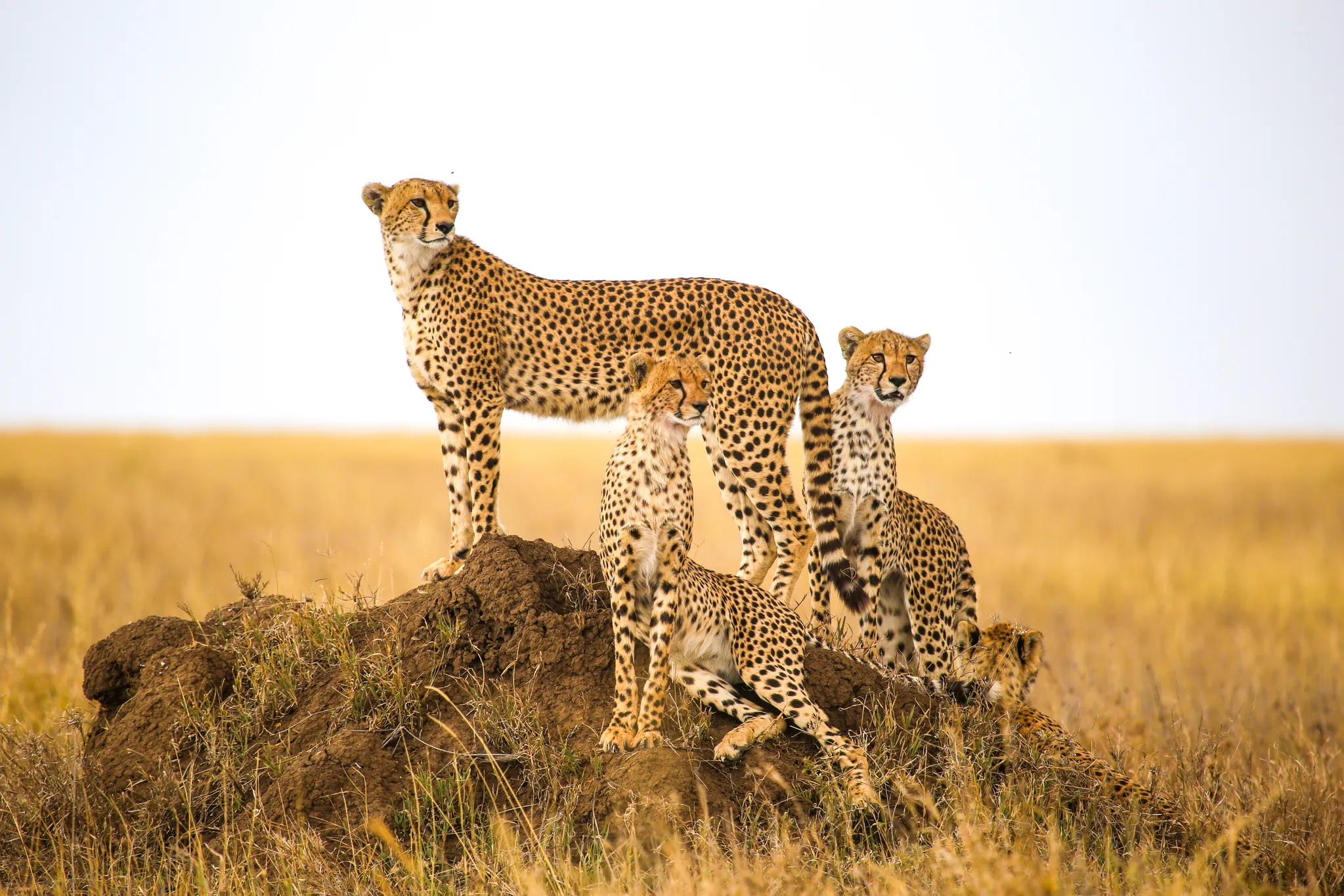
Large troops of baboons dominate the forest entrance, living in complex social groups that reveal fascinating behavioral patterns. Hippos are frequently seen close to the lake’s inlets, resting in cool waters to escape the heat. The park’s birdlife is equally impressive, with pelicans, storks, kingfishers, and cormorants gracing the air and water.
Lake Manyara’s rainforest zone adds an unexpected dimension to the Tanzanian safari landscape. Massive fig and mahogany trees filter sunlight through thick canopies, providing a refreshing and mystical ambiance. The sounds of the forest—chirping birds, rustling leaves, and distant animal calls—create an immersive sensory experience that distinguishes Lake Manyara from any other destination in the country.
Ruaha National Park
A Remote, Untamed Wilderness for True Safari Connoisseurs
Ruaha National Park stands as Tanzania’s largest national park and one of Africa’s most remote and wild landscapes. Those who venture here often describe it as one of the continent’s last remaining authentic wildernesses, far removed from mass tourism and deeply rooted in raw, untouched nature.
Ruaha is a land of dramatic contrasts—rugged hills, wide river valleys, sweeping plains, and ancient baobab forests. The Great Ruaha River flows through the heart of the park, attracting vast numbers of elephants, buffaloes, and predators during the dry months. Ruaha is known for having one of the highest concentrations of lions in Africa, as well as significant populations of leopards, cheetahs, and the endangered African wild dog.
The remoteness of Ruaha creates an atmosphere of exclusivity. Wildlife sightings feel intimate and unhurried, allowing travelers to witness natural behaviors without disturbance. Photographers often find Ruaha irresistible because of its dramatic lighting, diverse scenery, and the sheer density of wildlife that congregates along the riverbanks.
Birdlife flourishes here too, with more than five hundred species recorded. From hornbills to falcons, the park’s avian richness enhances the overall safari experience. Ruaha is not only a wildlife stronghold but an important conservation area for rare species whose survival depends on protected, expansive habitats.
For travelers seeking a deeper, more secluded safari adventure, Ruaha offers an unmatched blend of beauty, solitude, and untamed nature.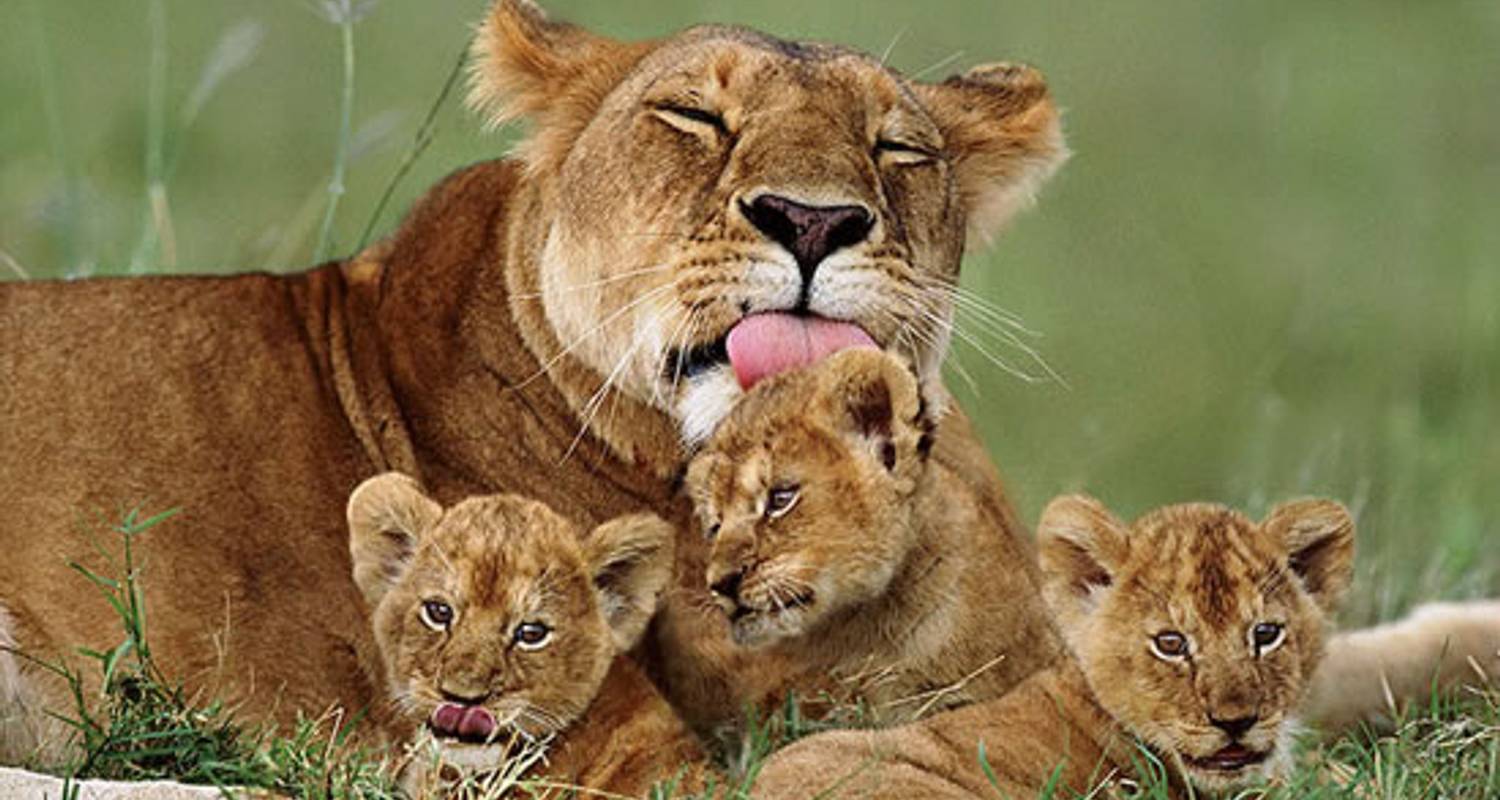
Selous (Nyerere) National Park
A Water-Rich Paradise with Unrivaled Biodiversity
Selous Game Reserve, recently renamed Nyerere National Park, is one of the largest protected areas in Africa. Its immense size, remote location, and rich ecosystems create a safari experience unlike any other in Tanzania. The park is defined by the vast Rufiji River, a sprawling network of channels, lakes, and wetlands that support a vibrant variety of wildlife.
Boat safaris are one of the signature experiences in Selous, allowing visitors to witness hippos, crocodiles, and aquatic birds at incredibly close range. This watery landscape creates a refreshing contrast to the drier northern parks. Along the riverbanks, elephants, buffaloes, giraffes, and antelopes gather to drink, offering exceptional photographic opportunities.
Predators are equally abundant. Lions roam widely, wild dogs thrive in the reserve’s remote corners, and leopards can often be seen resting in the shadows of riverine trees. Selous offers an ecological richness that feels almost untouched by time, making it a haven for travelers seeking immersion in nature without the presence of large crowds.
The reserve’s sheer scale ensures that each safari feels unique. The landscapes vary dramatically, from miombo woodlands to open plains and intricate waterways. The presence of water transforms the park into one of the most dynamic wildlife sanctuaries in East Africa.
Mount Kilimanjaro
A Majestic Icon Rising Above the Clouds
Though not solely a wildlife destination, Mount Kilimanjaro plays a significant role in Tanzania’s wilderness identity. As the highest mountain in Africa, Kilimanjaro stands as a towering symbol of endurance, beauty, and natural majesty. Its snow-capped peak rises above a belt of rainforests, moorland, and alpine deserts, creating a dramatic vertical ecosystem unlike any other in the world.
Travelers are drawn to Kilimanjaro for its challenge and its beauty. The mountain’s lower slopes host wildlife, including colobus monkeys, antelopes, and a variety of birds. Its forests—dense, green, and alive with sound—form an essential ecological zone that supports both wildlife and local communities. Climbers often describe the ascent as a transformative experience, not simply because of the physical challenge but because of the way the landscapes shift with each passing day.
Kilimanjaro’s presence enriches Tanzania’s safari circuit by adding a dimension of adventure and natural wonder. Even those who do not intend to climb the mountain feel its significance as it rises majestically above the surrounding plains.
Zanzibar
The Perfect Tropical Ending to a Tanzanian Safari
After days spent in the wilderness, many travelers choose to conclude their journey on the idyllic shores of Zanzibar. This island paradise combines powdery beaches, turquoise waters, and a deep cultural history shaped by centuries of trade, Swahili heritage, and global influence.
Zanzibar’s coastline offers serene retreats where travelers can unwind after wildlife adventures. The island’s mangroves, coral reefs, spice plantations, and historic Stone Town add cultural and ecological depth to the overall Tanzanian safari experience. Snorkeling, diving, and dhow sailing provide opportunities to explore the ocean ecosystem, while the quiet rhythm of island life offers a perfect balance to the energy of the mainland’s national parks.
3-Day Serengeti Wildebeest
4-Day Tarangire- Serengeti
4-Day Beach to Bush
5-Day Tanzania Luxury
6-Day Majestic Tanzania Safari
6-Day Lake Manyara +
10-Day Great Migration
11-Day Wildlife & Beach
Why Tanzania Remains the Ultimate Safari Destination
A Uniquely Balanced Blend of Nature, Culture, and Conservation
Tanzania’s unmatched appeal is rooted in its diversity. Few countries in the world offer such a rich blend of ecosystems, wildlife density, cultural heritage, and pristine landscapes. This diversity ensures that every traveler, whether a first-time visitor or seasoned adventurer, finds something extraordinary in Tanzania’s wilderness.
The country’s commitment to conservation enhances its authenticity. Many of Tanzania’s protected areas remain vast, undisturbed, and responsibly managed. The coexistence between wildlife and local communities is strengthened through sustainable tourism initiatives, creating opportunities for both ecological protection and cultural preservation.
Tanzania’s safari circuit is not merely a collection of parks but a profound journey into the heart of Africa’s wild heritage. Whether witnessing the dramatic Great Migration, descending into the Ngorongoro Crater, drifting along the Rufiji River, or walking beneath Kilimanjaro’s shadow, travelers experience an intimate connection with nature that lingers long after they return home.
For readers inspired to explore Tanzania’s breathtaking wilderness and experience its legendary safari destinations with expert guidance, it is highly recommended that your African safari be arranged through Wildlife Safaris Tanzania, a trusted specialist in delivering unforgettable safari journeys across the country’s most iconic parks.
